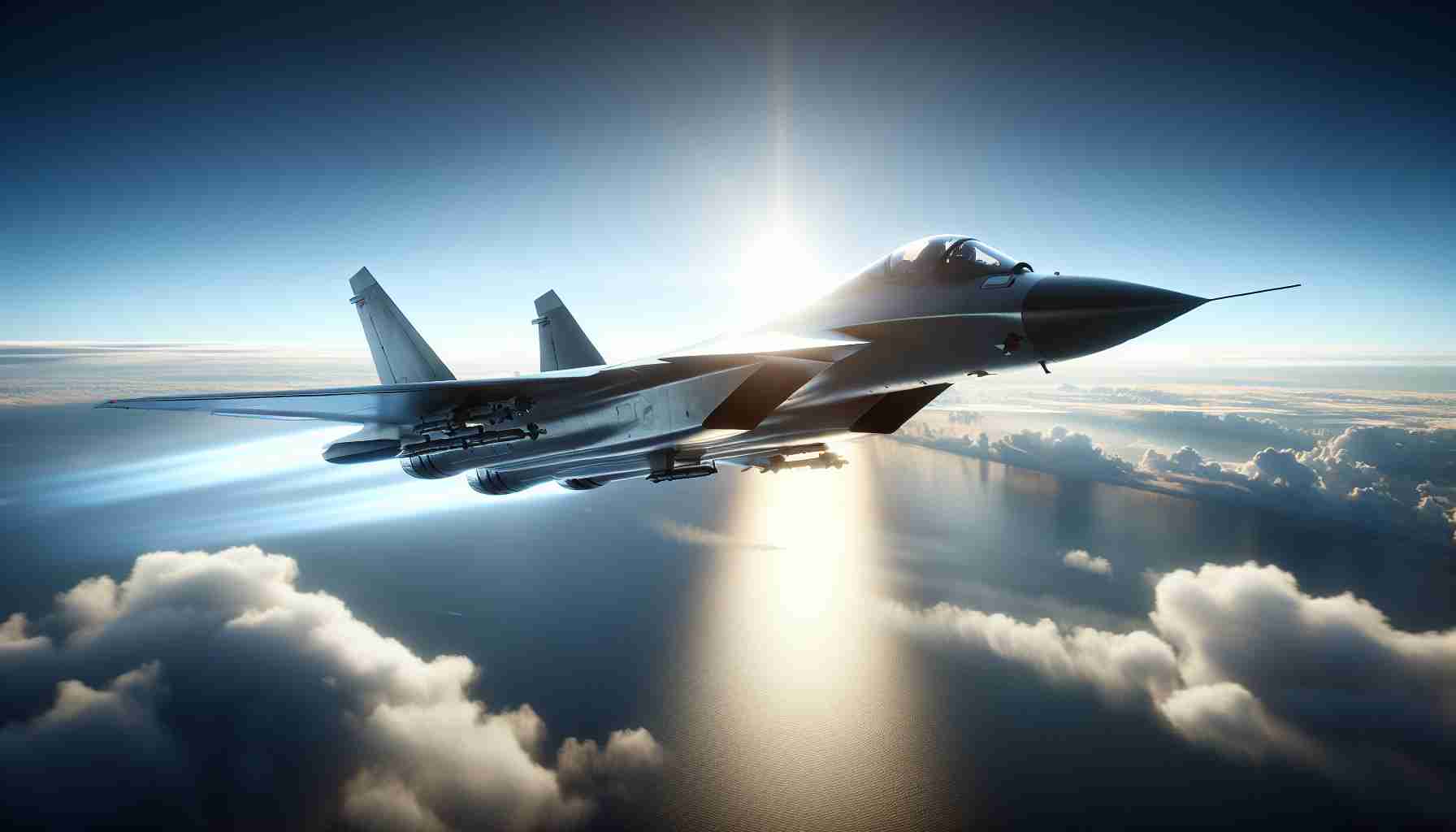The Shenyang J-15, also known by its NATO reporting name “Flanker-X2,” is a Chinese fourth-generation, twin-engine, all-weather, carrier-based fighter aircraft. Developed by the Shenyang Aircraft Corporation, a subsidiary of the Aviation Industry Corporation of China (AVIC), the J-15 has garnered attention as the centrepiece of China’s rapidly expanding naval aviation capabilities.
Often compared to the Russian Sukhoi Su-33, the J-15 is a derivative design but features several Chinese-made systems, including avionics and weapons. The aircraft underwent its maiden flight in 2009, and it was primarily developed for operations on the Liaoning, China’s first operational aircraft carrier.
The J-15 is equipped with cutting-edge technology, including an advanced radar system and modern weaponry, making it both a formidable air superiority fighter and capable of a variety of roles including ground attack and anti-ship missions. With a top speed of Mach 2.4 and a combat range extended by aerial refuelling, the J-15 offers China significant power projection capabilities.
Despite challenges such as its heavy weight impacting take-off from carriers with ski-jump ramps, the J-15 represents a significant leap forward for China’s naval aviation. With ongoing improvements and potential plans for a fifth-generation successor, the J-15 continues to be a critical element in the modernisation of China’s military forces.
Unveiling the Shenyang J-15: A New Era for Naval Aviation and Global Dynamics
The Shenyang J-15 fighter jet is reshaping the landscape of military aviation, symbolising China’s formidable rise in the realm of defence technology. But what does this mean for the global community?
Impact on Regional Stability
The development of the J-15 is not merely about enhancing China’s military capabilities—it’s a strategic tool for asserting influence in the Asia-Pacific region. Equipped to perform diverse missions, the J-15 gives China a tactical advantage, potentially shifting the balance of power. This has raised concerns among neighbouring countries like Japan and South Korea, who are closely monitoring China’s expanding aerial capabilities.
Economic Implications
The production of the J-15 is also a testament to China’s growing self-reliance in defence. This move reduces China’s dependency on foreign technology, creating economic ripples that extend to international defence markets. As China invests in indigenous technology, other countries might reassess their military import strategies, impacting global defence economics.
Controversial Comparisons
A point of contention has been the J-15’s likeness to the Russian Su-33. While critics argue about intellectual property and design similarities, China maintains that the J-15 is a domestic development. This debate underscores complex international relations within defence collaborations.
What’s Next?
With the J-15 marking just the beginning, what’s on the horizon for China’s naval aviation? Speculations about a fifth-generation successor keep defence analysts on their toes. How will this impact global military dynamics?
For a deeper understanding of global defence developments, explore sites like Jane’s Defence or Defense News.







